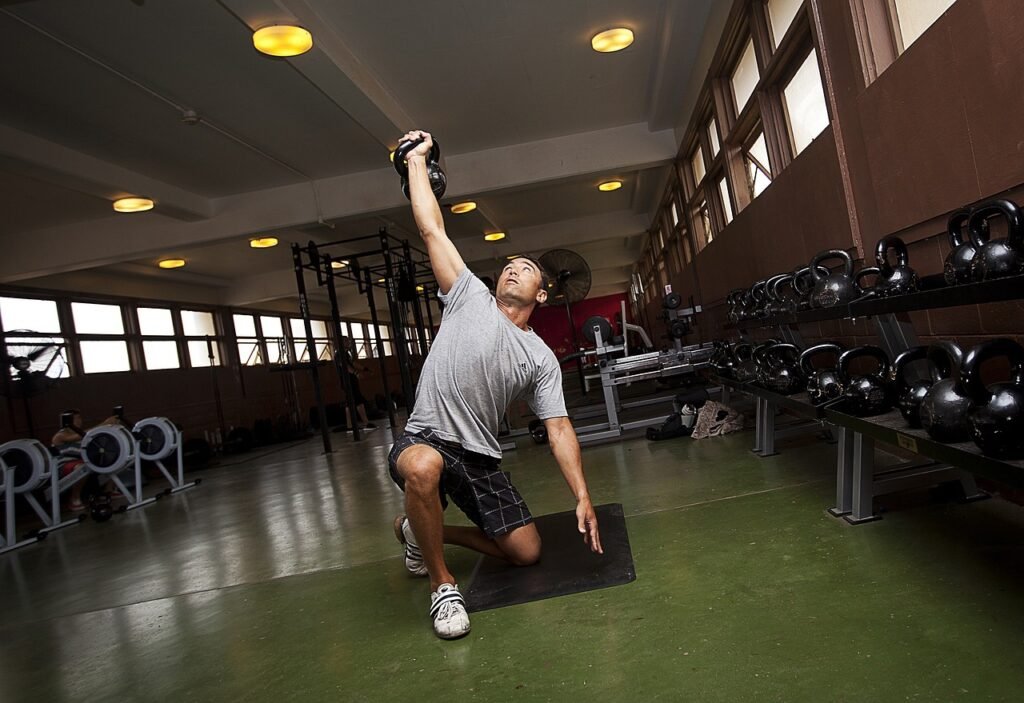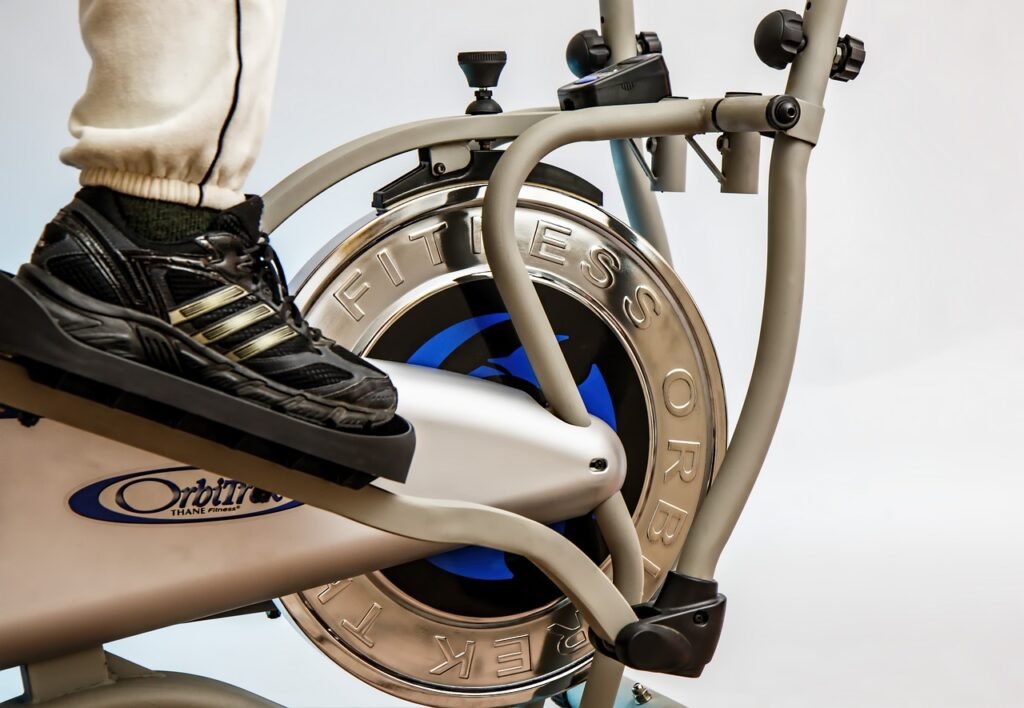Supercharge Your Cardiovascular Fitness with Advanced Workouts
Are you looking to take your cardiovascular fitness to the next level? If so, then it’s time to supercharge your workouts with advanced techniques that will push your endurance to new heights. By incorporating high-intensity interval training (HIIT), plyometrics, and circuit training into your routine, you’ll not only improve your cardiovascular health but also boost your overall endurance and stamina. In this article, we’ll explore these advanced workouts and how they can help you reach your fitness goals. Get ready to take your cardiovascular fitness to the next level!
HIIT (High-Intensity Interval Training)

This image is property of pixabay.com.
Benefits of HIIT
HIIT, or High-Intensity Interval Training, is a cardiovascular exercise method that involves short bursts of intense exercise followed by periods of rest or lower-intensity activity. This type of workout has gained popularity in recent years due to its numerous benefits for overall fitness and cardiovascular health.
One of the key benefits of HIIT is its efficiency. With shorter workout durations compared to traditional cardio exercises, HIIT allows you to maximize your time and still achieve excellent results. The intense bursts of exercise stimulate your heart rate, helping you burn more calories in a shorter amount of time.
Another advantage of HIIT is its ability to improve your cardiovascular endurance. By constantly pushing your body to its limits and engaging in high-intensity exercises, you strengthen your heart and lungs, thus increasing your overall cardiovascular fitness. This can lead to improved performance in other physical activities and daily life tasks.
Additionally, HIIT has been shown to boost your metabolism even after the workout is over. This is known as the afterburn effect, where your body continues to burn calories at an elevated rate for several hours post-workout. This makes HIIT a great option for those looking to lose weight or maintain a healthy body composition.

This image is property of pixabay.com.
Examples of HIIT workouts
There are several ways to incorporate HIIT into your exercise routine. Here are a few examples of HIIT workouts that you can try:
-
Tabata: This popular HIIT format involves performing an exercise at maximum intensity for 20 seconds, followed by 10 seconds of rest. Repeat this cycle for a total of 4 minutes. You can choose any exercise, such as burpees, jumping jacks, or mountain climbers, to perform during the 20-second intervals.
-
Sprint intervals: Find a track or open space where you can sprint. Start with a 5-minute warm-up jog, then sprint at maximum effort for 30-60 seconds. Follow each sprint with 1-2 minutes of walking or slow jogging to recover. Repeat this cycle for 15-20 minutes.
-
Strength-based HIIT: Combine strength exercises with high-intensity intervals. For example, perform a set of squats or lunges, followed by 30 seconds of burpees or jumping rope. Rest for 30 seconds, then move on to the next set of exercises. Repeat for 15-20 minutes.
Remember to always warm up before starting a HIIT workout and listen to your body. Start with shorter intervals and gradually increase the intensity and duration as your fitness level improves.

This image is property of pixabay.com.
Safety considerations for HIIT
While HIIT can provide numerous benefits, it’s important to approach it with caution and prioritize safety. Here are some safety considerations to keep in mind when incorporating HIIT into your fitness routine:
-
Consult with a healthcare professional: If you have any pre-existing health conditions or are new to high-intensity exercise, it’s crucial to consult with a healthcare professional before starting HIIT. They can assess your fitness level and provide guidance on how to safely implement HIIT workouts.
-
Progress gradually: Avoid jumping into intense HIIT workouts immediately, especially if you’re a beginner. Start with shorter intervals and lower intensity exercises, gradually increasing the duration and intensity over time. This allows your body to adapt and reduces the risk of injuries.
-
Listen to your body: It’s essential to pay attention to how your body feels during and after a HIIT workout. If you experience any severe pain, dizziness, or shortness of breath, stop exercising and seek medical attention if necessary. Push yourself, but not to the point of overexertion or discomfort.
-
Focus on proper form: Proper form is crucial for reducing the risk of injuries during HIIT workouts. Take the time to learn and practice the correct techniques for each exercise. If you’re unsure about proper form, consider working with a qualified fitness professional to guide you.
-
Allow for recovery: HIIT workouts are intense and place significant demands on your body. Make sure to include rest days in your fitness routine to allow for proper recovery. Adequate sleep, hydration, and nutrition are also essential for optimizing recovery and preventing overtraining.
By following these safety considerations and gradually introducing HIIT into your fitness routine, you can enjoy the many benefits of this highly effective cardiovascular workout method. Remember, the key is to challenge yourself while putting your safety and well-being first.
